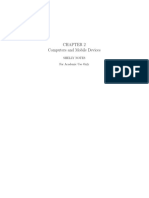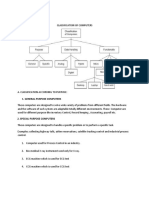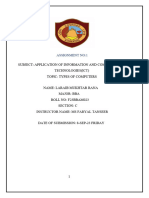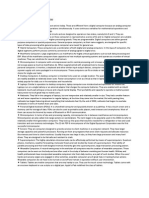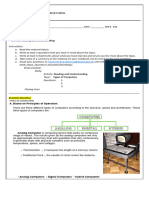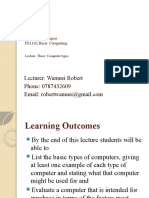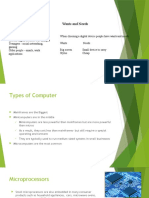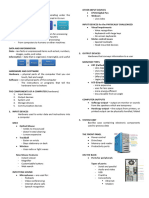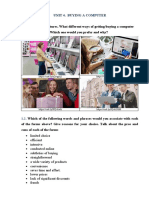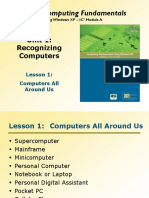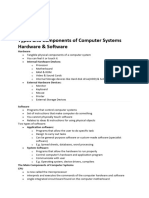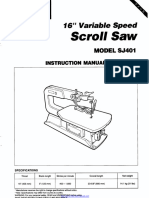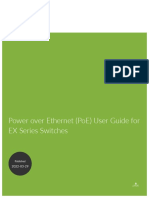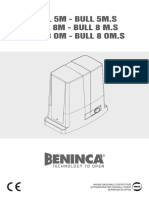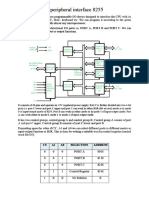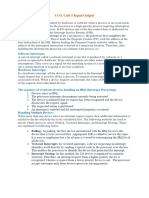0% found this document useful (0 votes)
43 views6 pagesAssignment 1-Aict
The document is a lab manual for a course on AICT Theory at the National University of Modern Languages, focusing on evaluating computers and mobile devices. It covers performance factors, types of devices, and their use cases, including laptops, desktops, tablets, and handheld computers. Additionally, it discusses servers, terminals, POS systems, wearable devices, gaming devices, and embedded computers, providing examples for each category.
Uploaded by
muhammadumairakram167Copyright
© © All Rights Reserved
We take content rights seriously. If you suspect this is your content, claim it here.
Available Formats
Download as PDF, TXT or read online on Scribd
0% found this document useful (0 votes)
43 views6 pagesAssignment 1-Aict
The document is a lab manual for a course on AICT Theory at the National University of Modern Languages, focusing on evaluating computers and mobile devices. It covers performance factors, types of devices, and their use cases, including laptops, desktops, tablets, and handheld computers. Additionally, it discusses servers, terminals, POS systems, wearable devices, gaming devices, and embedded computers, providing examples for each category.
Uploaded by
muhammadumairakram167Copyright
© © All Rights Reserved
We take content rights seriously. If you suspect this is your content, claim it here.
Available Formats
Download as PDF, TXT or read online on Scribd
/ 6









